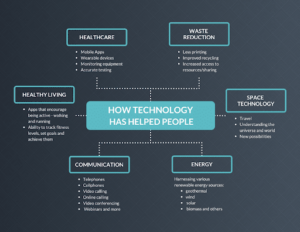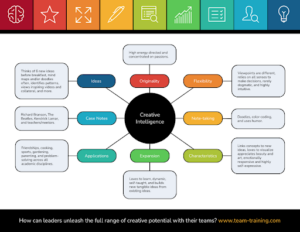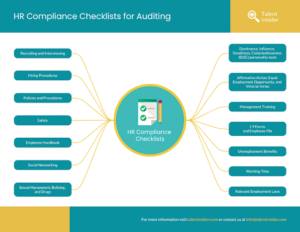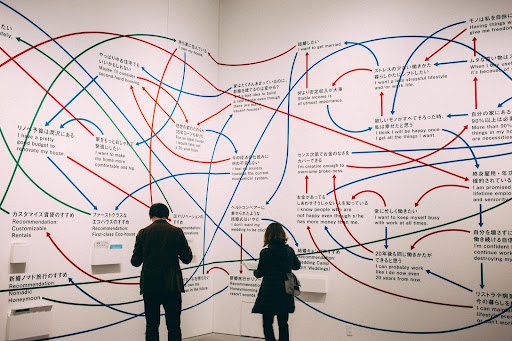Do you feel like you’re stuck in a rut, going through the same motions day after day? If so, it might be time to try something new – like mindmapping. Mindmapping is a great way to get your creative juices flowing and to come up with new ideas. Here are 10 tips on how to create an attention-grabbing and creative mindmap.
Start taking notes on a piece of paper
Start your mindmap by writing down all of your ideas, insights, or thoughts about the subject that you’re mapping out. This will help get your brain going and make it easier to start creating branches for each thought you have.
Use images
You can use images in mindmap makers to really bring your ideas to life. Start with a background image, and then add images wherever you see fit – they can be used for branches or as part of the text itself. You can even use them as bullet points!
For example, if you’re developing a mindmap on how to build a treehouse, an image of a tree branch would be a great background image, and images of various tools you might use to build the treehouse can be included as bullets underneath each tool’s name.
Utilize color
Color is another one of your best friends when it comes to mindmapping. You can highlight specific branches to add emphasis on them, or to show relationships between different branches.
For example, if you have a branch about the tools that are needed to build a treehouse, another branch about where one can find these tools, and another branch about when to use each tool, you could color code the related branches so that it’s easy for your audience to distinguish them.
Use paths
Paths are a great way to emphasize a relationship between two branches, or even branch out from a single branch. An effective path will lead the eye towards your desired destination, making it easy for your audience to follow along and understand how everything fits together.
You can use various arrow shapes as well as dotted lines to show different relationships, whether they be linear or hierarchical.
Use a combination of images, color, and paths to create your map.
These three techniques can work together to help you visualize your ideas more effectively, making it easier for the audience to get the idea behind this mindmap.
For example, if one branch has an image of a ship on it and another branch has an image of a boat, you can use dotted lines to show that one leads to the other. You could even color code these branches to make it even easier for your audience to follow along and understand how the two relate.
Incorporate quotes or images within the text.
You can include an interesting quote within your mindmap as a branch, or you can even use a quote as text to help break up the branches. Adding images within text works in the same way – it’s a great way to make your mindmap stand out more and grab attention.
Use icons for easier understanding.
You don’t always have to rely on words or specific shapes to get your point across when mindmapping. You can use icons instead – they’re much more visually appealing and easier for the audience to understand than text alone.
Use different shapes for emphasis.
Another great way to add emphasis is by using various types of shapes, such as stars or triangles. These will help draw the eye and highlight specific branches or text.
Think about hierarchy.
In addition, don’t forget to think about the hierarchy of your branches – what is more important? What can be left out? This will help you create a better mindmap and organize your thoughts in a way that makes sense both visually and intellectually.
Use a mindmap maker.
Venngage is an online mindmap maker that offers various mindmap designs for everyone. To give you an idea, here are some mindmap examples from their website!



Hopefully, you have a better idea of how to create a more effective mindmap. While it may take some time to perfect your technique, remember that the benefits of using a mindmap far outweigh the small amount of work it takes to get started.
In fact, once you start mapping out your ideas visually, rather than just writing them down in an outline, you’re more likely to remember the information better. Go ahead and give mindmapping a try – if you’re having a hard time making one, use Venngage!



















Add Comment